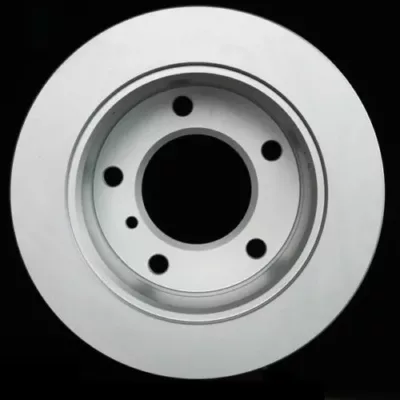There are two fundamental sorts of water powered trailer slows down commonly seen on trailers: Drum brakes and Disk brakes. Drum brakes are a more established style and utilize a using pressurized water activated wheel chamber to compel a couple of spring stacked brake “shoes” against the inward slowing down surface of brake drum, which additionally goes about as the center.
Plate brakes utilize a water driven activation of a cylinder in the caliper to compel the cushions to close (squeeze) the two sides of the rotor. This is a fresher plan found on most current vehicles.
Circle brakes have a couple of benefits over drum.
1) Better halting force
2) No change important to make up for shoe wear
3) Easy cushion substitution
4) Less muddled – no springs
5) For boat trailers, decreased occurrence of erosion
They come in two essential plans: Vented and Non-vented. Vented rotors are favored in light of the fact that they will in general disseminate heat better compared to non-vented rotors, limiting a primary driver for disappointment.
For boat trailers, erosion brought about by submersion in new or salt water is consistently a principle concern. The salt water can likewise cause issues when salt takes shape in the moving pieces of the caliper and on the caliper pins. The circle accessible today, come in either powder covered for standard use, silver cadmium plated for standard salt-water use or treated steel for broadened saltwater use.
To start the transformation from drum to plate, it is ideal to begin at the front of the trailer. The Hydraulic actuator, (flood or electric/pressure driven) should be either altered or changed out to one that is intended for circle brakes. The circle brake actuator will have an outlet metal fitting with a bigger opening (5/32″) and the check valve found in the drum brake actuator will be missing. Plate brakes require more progression of brake liquid than drum brakes.
Since circle brakes are not planned with the (free-support) highlight, a strategy to bolt out the brake lines will be required. This can be refined by introducing either an electric lockout solenoid or a mechanical manual ball valve set in the brake line.
The plate brake calipers require an adaptable brake line driving into the cylinder to work appropriately. Assess your brake line and introduce if fundamental.
Securely lift and square your trailer. Eliminate the tire/edge get together. Eliminate the old brake drum and the brake get together. The brake gathering is affixed to the pivot brake rib with 4 or 5 bolts.
The new circle brake get together will have a section, caliper, rotor and mounting equipment notwithstanding. General strides to make the transformation are as per the following.
Stage 1: mount the section to the pivot spine.
Stage 2: get ready and slide the rotor on to the hub axle and lock set up. Adhere to standard practice to set the orientation.
Stage 3: The caliper will at that point sit on the rotor and be secured to the section with “slider pins”. Peruse your get together guidelines prior to starting the establishment
